Clients arrive in your office because they have a problem they haven’t been able to solve and are hoping you will fix it for them so they can get on with their lives. Like many lawyers, you probably enjoy being a problem-solver and feel satisfied when you help your clients find a path to a resolution. After you gather sufficient information to understand and analyze the situation, you usually attempt settlement negotiations. Sometimes those discussions work out great but other times you can end up stuck and mired in the conflict. When that happens, it is disappointing and frustrating both for you and your client. The constant grind of adversarial tactics and the toxicity of the emotions evoked by conflict can lead you to question your choice of profession. It’s often said that the best agreement is one in which both parties are unhappy, but isn’t that a dismal goal? It’s not surprising that the rate of depression and substance abuse is higher among lawyers.
What might you be missing and what can you do differently that will enable you to help your clients solve their problems and bring you greater job satisfaction?
Missing the opportunity
One mistake lawyers frequently make is not taking the time to learn what is important to the other party. It is challenging to create a settlement proposal that will be attractive to the other party if you don’t know what drives them. Lawyers often make assumptions about the other party’s thoughts directly on the disputed questions based on their legal analysis of the case. Lawyers often make the mistake of not getting sufficient information to evaluate all the concerns that affect the other party’s decision making. Understanding what is really underneath the conflict for parties and how the problem and possible resolution affects their lives is information you MUST have to effectively settle your cases.
So what can you do differently? Work together with the other lawyer to create the opportunities for the parties to sit together and describe what is important to them so you both get to hear them rather than relying on each other to interpret what is important to them.
Missing the big picture
Experienced lawyers see similar cases over time and may even come to develop their own story about types of cases. “Ah, a case #7. I know exactly how this one is going to turn out.” Or we may see similarities in the people involved in our area of practice and create a narrative about what that means for the case and possible outcomes. “He is one of those employees who exaggerates the situation to make himself feel more important. He won’t settle unless his contribution is lauded.” While there is value to seeing patterns in cases and developing a sense of the possibilities that may occur, the risk is that we may become too comfortable with a limited range of options and stop too early in looking for what is unique about this client and this situation.
Another risk is that we can become so aligned with our own client that we are unable to consider other perspectives. We can’t imagine that what happened in the dispute is anything other than what our client has told us because our client is so reasonable and the other party is so clearly distorting the facts. This is particularly easy to do if our client’s story and goals are consistent with our strongly held beliefs and values, which reinforces our goal that justice is being served by our actions.
So what can you do differently? Remain curious about the big picture about this particular case. What makes this case different from every other case you have handled? How might you or your client be distorting your perspective by looking too narrowly at the situation or filtering what you are hearing through the lens of your values or biases? Are there creative directions to move towards a resolution?
Missing the message
All of us have an ongoing inner dialogue that helps us navigate the world. Lawyers learn that our professional inner dialogue should focus on finding the best facts to develop the case for our clients and to ignore or discard what is not relevant. As our clients are talking to us, we are filtering what they are saying and planning our next questions to lead them to give us the most vital information to make our case. We often miss what the client actually wants us to hear – what is most important to them in their situation. We can end up pursuing goals that we think they want rather than what they actually want.
Interested in what you can do to better understand what you clients want, seize opportunities to settle and help your clients be happier? Learn more by visiting http://understandinginconflict.org/finding-the-opportunity-big-picture-and-message/
